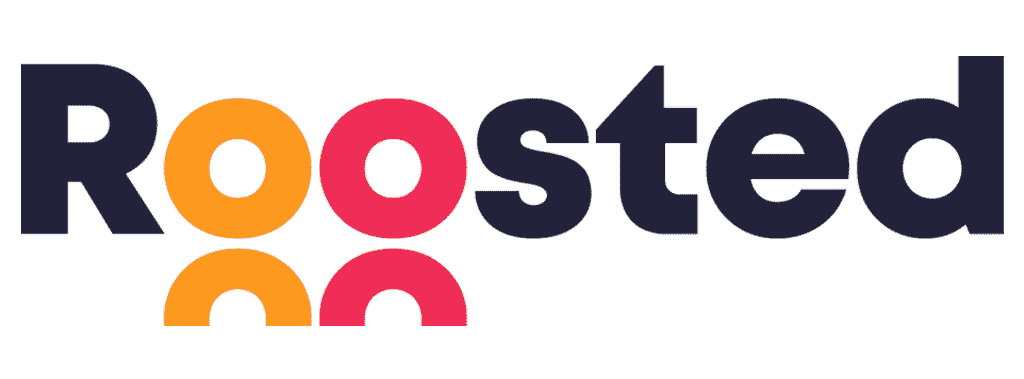A CASE STUDY IN STAFFING ATTENDANCE - A CALIFORNIA CATERING COMPANY
How Roosted improved staff performance and attendance by 90%
The Challenge:
SUMMARY: A 90% IMPROVEMENT IN SIXTY DAYS
During its 12 year initial growth, the company had struggled with its employee scheduling, moving between hand written notes, Google Sheets, phone calls and text messages. While this worked some of the time, the busier they were, the more attendance problems they’d have, at precisely inopportune moments. The “late or no-show” ratio was estimated 50% on some of their busiest days, while after switching to Roosted, that same metric is now below 5% : a remarkable 90% improvement.
The Solution:
HERE'S HOW WE HELPED SAVE MONEY AND IMPROVE QUALITY
The company's native employee scheduling system was to use a combination of spreadsheets, emails, phone calls, text messages and Facebook. Their data was spread around multiple sources, not shareable among team members, and had no central way of tracking metrics of workers’ performance. Their full-time staffing manager, Libby, kept physical and mental notes of who would typically arrive on time, late, or how often someone had failed to arrive for their shift at all. She relied mostly on her memory when scheduling and would often flip through notebooks to verify her thought process as she plugged names into shifts. During a typical 40 hour work week for Libby, she might schedule workers for 15 parties, which could amount of hundreds of individual shifts. This data would go into a Google Sheets spreadsheet where workers could view their schedule. However, something needed to change, Libby and the worker would need to text or telephone one another and agree upon the change. Needless to say, she was spending a lot of time on the phone, and data was getting lost in the process, even if she didn’t realize it yet.
ONE FRIDAY EVENING ...
One Friday evening in the Summer of 2015, Libby recalls, she’d scheduled ten servers and two bartenders for a wedding, this should’ve been something easy, but it wasn’t. Of the first shift scheduled to start, not one single worker arrived. Some texted with traffic problems, and others failed to reach out at all. Libby had to scramble to find some backup staff that could come, albeit late, and help fill the gaps, and her only methodology of doing this was to manually phone and text her entire roster of 200 workers. While she reports “the party turned out okay”, that was a turning event for her, one which she (and her boss) vowed to never repeat. She sees that day as a failure.
WHEN MANAGING AND SCHEDULING EMPLOYEES ...
When managing and scheduling employees with catering companies, or similar platforms, one of the challenges we hear often is getting the right staff in the right place at the right time: so often, in fact, it’s become our mantra of what we do well. In Libby’s case, she wanted a few key people, but didn’t necessarily care who the rest of the servers were, as long as they were qualified and available. During this company's onboarding, our Welcome Team worked with Libby to show her how she could Invite-to-Work the employees she wanted specifically, and let Roosted handle the rest. It took less a week to onboard the company and train Libby, and she was staffing events with marked improvement the very next weekend.
WE MADE A FAST AND LASTING IMPACT.
How did Roosted have an impact so quickly? We use multiple tools for both long-term and short-term worker management and metric monitoring, and it’s automated, meaning you only have to pay attention to it if you want to. First off, we implemented Check-Ins for her shifts, so that workers would be required to respond to a text or email prior to their shift to ensure they were alive and kicking. This gave her (and the Roosted system) more time to source a replacement if need be. This one feature immediately reduced her no shows and lates metrics.
A Study in Improvement:
Roosted learns, and gets better over time.
WE NEVER STOP IMPROVING YOUR BUSINESS
Roosted takes feedback on every shift worked. While it’s not necessary, the more data Roosted has the better. So it knows every time someone is late, failed to arrive, or had less-than-desirable performance, and all these metrics form a picture of each worker that Roosted uses to evaluate who is the most reliable and who should be scheduled where. After one month of using the service, Roosted had started to amass valuable data about the company's employees. Using that data, Roosted gave less shifts to the unreliable workers, and rewarded the others with more. With Roosted automating much of the process, Libby’s time spent scheduling her workers reduced to less than ten hours per week, such a significant savings that she’s able to focus on additional job responsibilities and let Roosted do the grunt work. This not only reduced overall turnover in this case study 60 day period, but reduced the amount of attendance issues by 90%.
TALK TO THE EXPERTS TODAY
Schedule a call with our Welcome Team to evaluate your needs and see exactly how Roosted can help improve your business and save you money.
